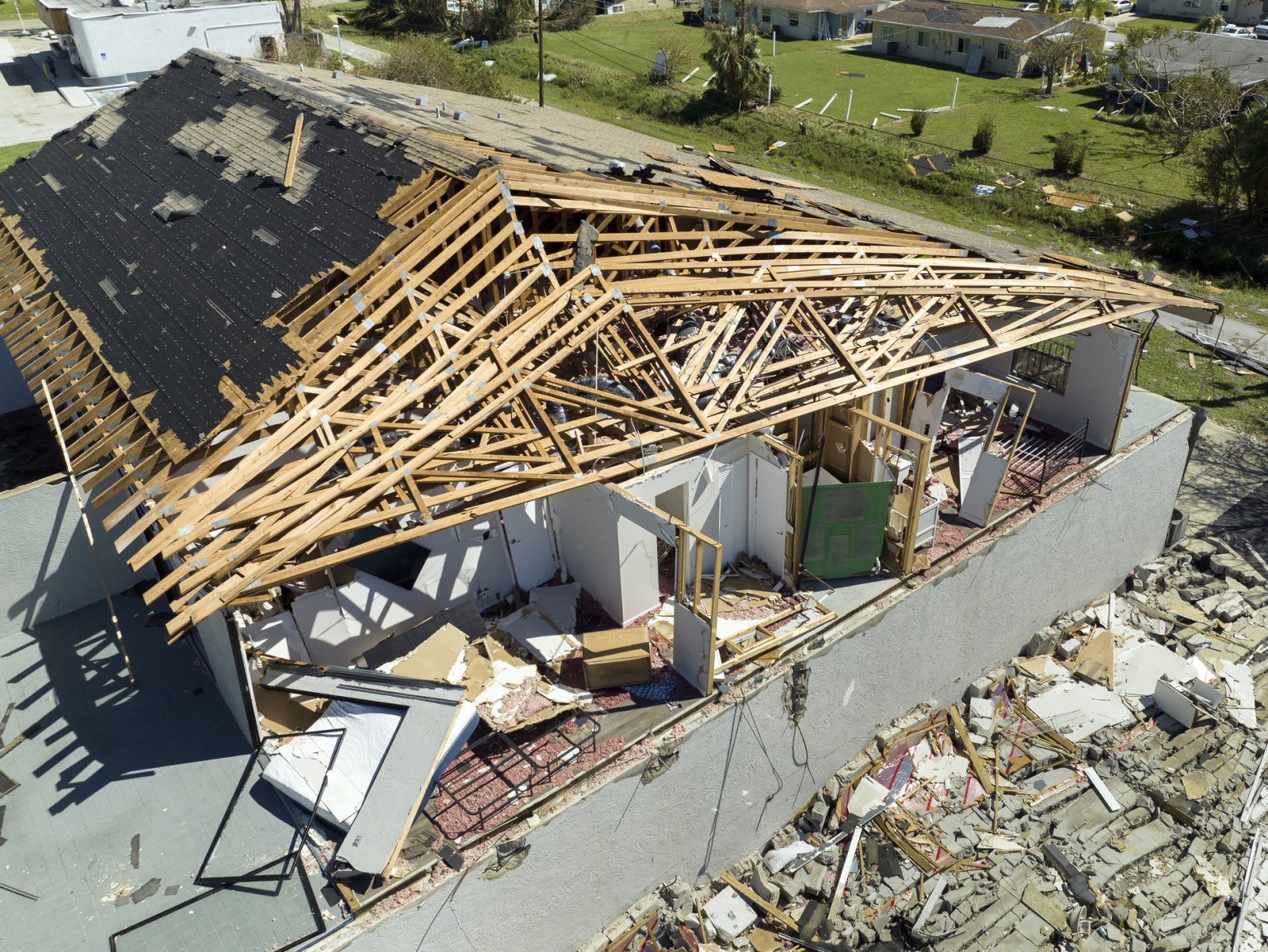Column: Roger's Soapbox
Dreams of Solvency
Knock me down with a feather. Solvency II, as widely discussed and rarely seen as Bigfoot, finally became law on Jan.1.
Solvency II, nicknamed S2, is the nom de guerre of European Union Directive 2009/138/EC, a set of pan-European insurance solvency and governance regulations. The directive is the work of the European Insurance and Occupational Pensions Authority (EIOPA), which would be the worst name for a blues band ever.
S2 has more of a ring. It’s one of those European laws where each country enforces its own citizens’ behavior until something goes wrong. Then everyone shrugs their shoulders and walks away with their heads held high and occupational pensions intact.
That’s how it seems to work with most big European laws, such as state solvency, immigration, borders: sweet dreams and flying machines, in pieces on the ground.
The history of S2 is one of false starts, unworkable ideas and opt-outs that may already, via the inexorable passage of time, have produced an increase in the solvency standards of the major insurance and reinsurance companies operating in the European theatre.
The directive is the work of the European Insurance and Occupational Pensions Authority (EIOPA), which would be the worst name for a blues band ever.
The key to S2’s history is in the directive’s number: 2009. It was then that European regulators first presented the idea of uniform insurance regulation across Europe, despite the fact that uniform anything in Europe has proved elusive. (Like many, I am perforce a European, but would rather not be.)
S2 was a consequence of the Great Recession of 2007-08. In short, having decided not to punish the bankers or almost any of the others who caused the whole mess, Europe vowed to make those who sell insurance within its borders uphold a new series of solvency, risk management and accounting standards.
The insurers hadn’t done anything wrong. They’re built to last.
Quite a few of them are not too big to fail, but too well-managed to fail.
S2 was set to be introduced, I forget exactly when, so let’s be charitable and say 2012, then 2013, then 2014, and now it’s finally happened.
S2 is one of those processes which doesn’t put an end to anything, or even really a start. Insurance companies already knew they needed serious capital reserves and robust administrative systems. That knowledge is something you pick up after a few years on the job.
Looking ahead, two main questions arise.
First, what terrible omission will bring the whole thing into disrepute? It might be in the captive world, which was carved out of S2 as if it wasn’t really insurance at all, which won’t be an easy argument to make to the IRS.
Second, will it work? Will the complex solvency ratios and operational rules and regulations actually stand the industry up when the next Great Recession blows into town?
Or will S2 prove inadequate to the task? We can only wait and see.










